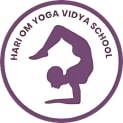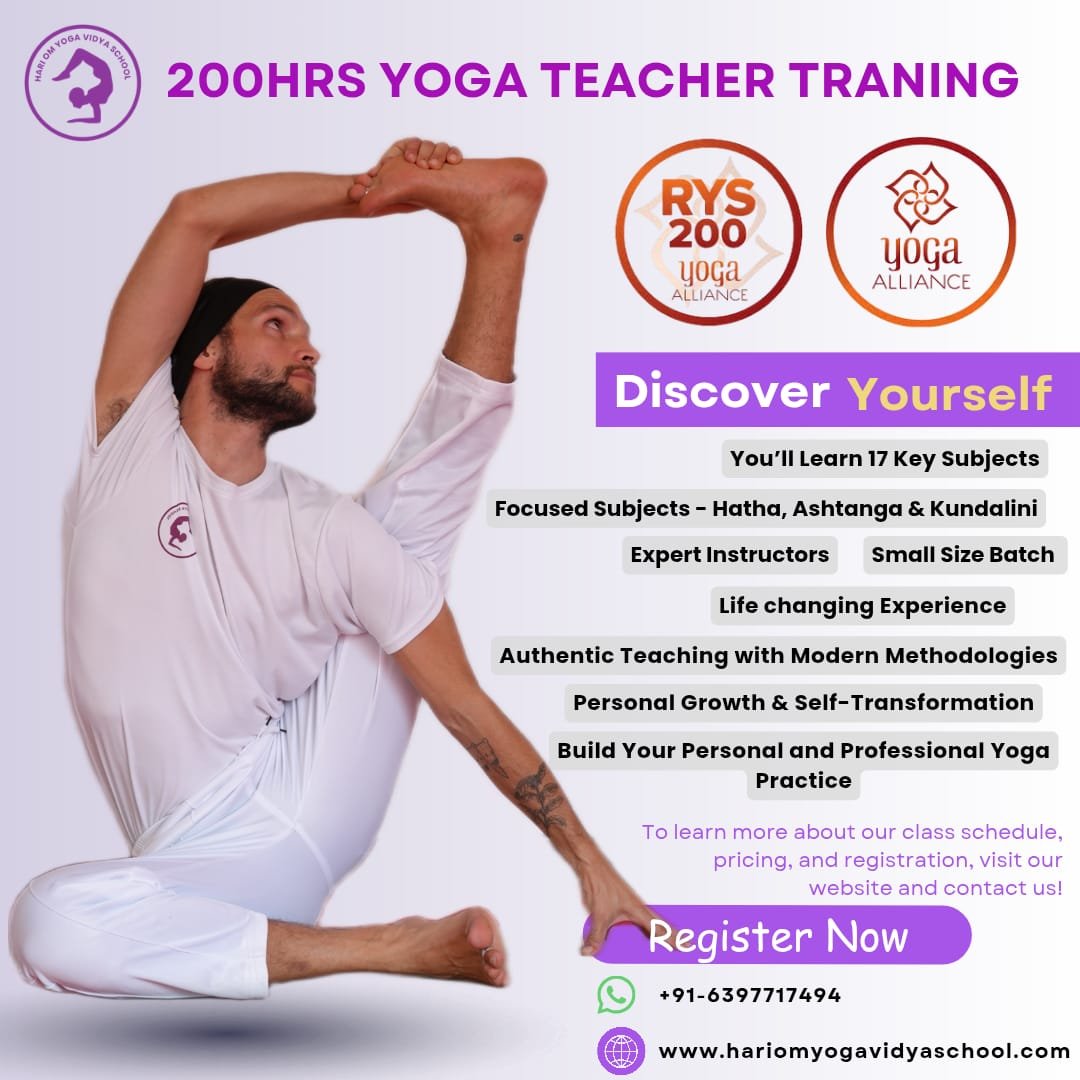Parivrita Parsvakonasana
What is Parivrita Parsvakonasana (Revolving Side Angle Pose)?
You require a lot of flexibility to do this asana. Parivrita Parsvakonasana is all about twists and turns. This asana consists of an intense twist, which challenges the flexibility, strength, and sense of balance. You will notice a variety of advantages if you practice this pose on a daily basis. Parivrita Parsvakonasana is a part of the Ashtanga Primary series of asanas. It is basically a base pose, which you must practice for increased mobility of the body. This is basically a revolved version of the Utthita Parsvakonasana.
The “Parivrita Parsvakonasana” name has been derived from Sanskrit, and can be broken up as underneath. This standing pose, which is aided by a twist in the torso, or the spine.
- ‘Parivrtta’ means ‘revolving’
- ‘Parsva’ meaning side’
- ‘Kona’ meaning angle’
- ‘Asana’ meaning posture’
Parivrita Parsvakonasana is an intermediate pose, which involves quite a deep twist. Along with the twisting of the spine, you also need to balance the body. It is also counted among the balancing asanas.
Read More: Why Is Kundalini Yoga Dangerous? The Truth About Its Risks and Rewards
How To Do The Revolving Side Angle Pose?

You can learn how to do the Parivrita Parsvakonasana, under the guidance of an expert yoga practitioner. The steps are given underneath.
- You can start with the pose in Tadasana or mountain pose, where you have to keep your feet hip-width apart. You have to raise the hands, keeping them parallel to the ground. Your palms must face the top.
- Exhale deeply, and then turn your right foot outward, at an angle of 90-degrees. You have to turn your left foot atleast 60-degrees toward the right. Both the heels should be in line with one another.
- Slowly, you have to bend your right knee, until they are parallel to the ground. Your right knee should be hovering above the right heel. The calf area must be parallel to the ground.
- The left leg has to be stretched out.
- Exhale again, and turn your torso towards the right thigh. Bring your left arm from the outer periphery of the knee, and place the hands with palms down on the floor.
- You have to stretch the right arm over the right ears, with the palms facing down.
- Turn the head towards the ceiling and look straight.
- Hold the pose for 30 seconds in one go.
- To return to the normal position, you have to lift your palm from the floor, and straighten the torso and the folded leg, and then return to Tadasana. Your other hand will go by your side again.
Modifications and Variations
You can try some of the below mentioned modifications, based on your abilities.
- You can do the aerial version of the pose, by hanging a hammock. You will be able to keep the bent knee safely on the hammock.
- You can also perform the asana or pose against a wall. The back foot, should be leaning against the wall.
- You can place a block under the palm which is lowered. It will help in elevating the body. And you will feel less stretching and tension in your torso, until your body is supple enough.
You can try out the below mentioned variations of the Parsvakonasana.
- Parivrtta Baddha Parsvakonasana:
- Parivrtta Utthita Parsvakonasana:
You have to hold the asana for 5-10 breaths and gaze in a straight line. It is called Urdhva Drishti.
Safety Precautions Decoded
You can do the intermediate asana or pose very nicely, and with all the benefits. But you have to do it properly.
- It is a deep stretch, so you have to be very mindful while doing the asana or pose.
- You should keep your neck straight, so that you do not end up injuring the neck.
- You have to distribute the entire body weight throughout the body, without pressurizing the legs and arms.
- You should do the asana initially with the help of a yoga teacher.
- Your head my point up, but the gaze should be in front.
Who Can Do This Asana and Who Cannot?
All those who can do the asana properly are:
- Children.
- Old people.
- Those who want to improve their digestion mechanism, can do it.
- Those who want to lose weight.
- Those who want to improve their flexibility, strength and balance.
- If you want to cure your respiratory issues, then also you can do this pose.
All those who are going through the below mentioned conditions, must avoid this asana.
- Pregnant women must avoid this pose.
- All those who are suffering from high or low blood pressure, should also avoid this pose.
- Anyone having chronic headache or migraine, must also avoid this pose.
- Anyone who has Arthritis, must avoid this pose.
- If you are suffering from a pulled hamstring, then also you must abstain from doing this pose.
- If you have spinal problems, you must avoid this pose.
- If you are suffering from flu or cold, you have to avoid this asana or pose.
Read More: Everything You Need to Know About Kundalini Yoga Teacher Training
Benefits of Parivrita Parsvakonasana Pose
- Parivrita Parsvakonasana, benefits all the people, who have digestive problems. When you fold the body forward, it leads to a gentle massage action on the abdomen.
- It stretches and strengthens all the muscle groups.
- Parivrita Parsvakonasana is an excellent asana, if you want to improve the blood circulation. This also keeps your immunity at an all time high.
- If you want to lose weight, you can do Parivrita Parsvakonasana.
- As this asana involves twists of the spine, it can rectify problems with hump and makes the spine stronger and more supple.
- If you are suffering from fatty liver, you will get rid of it. When you fold forward, the pressure massages the liver and detoxes it.
- The Parivrita Parsvakonasana focuses on the Manipura chakra, and stimulates all the activities associated with it.
- It also supplies fresh oxygenated blood to the intestines.
- The kidneys health also gets a boost, due to the fresh supply of oxygenated blood.
Deepen Your Yoga Practice with Hari Om Yoga Vidya School
Located in the heart of Rishikesh, Hari Om Yoga Vidya School is a place where ancient yogic wisdom meets modern teaching techniques. As a top yoga school in Rishikesh, we are committed to providing authentic, immersive yoga education in a peaceful, spiritual setting. Recognized as one of the best yoga schools in Rishikesh, we offer structured training programs designed to help you evolve in your practice, whether you are a beginner or an experienced yogi.
If you’re searching for a yoga school in Rishikesh that focuses on holistic learning, experienced teachers, and a supportive community, look no further!
Explore Our Yoga Teacher Training & Retreats
At Hari Om Yoga Vidya School, we offer a range of courses tailored for different levels of practitioners:
✅ 100-Hour Yoga Teacher Training in Rishikesh – A foundational course for those looking to begin their yoga journey.
✅ 200-Hour Yoga Teacher Training in Rishikesh – An internationally recognized certification for aspiring yoga teachers.
✅ 300-Hour Yoga Teacher Training in Rishikesh – Advanced training to deepen your practice and refine your teaching skills.
✅ 7-Day Yoga Retreat in Rishikesh – A rejuvenating escape into yoga, meditation, and self-discovery.
✅ 10-Day Yoga Retreats in Rishikesh – A transformative experience that blends yoga, relaxation, and Himalayan serenity.
Join us for a life-changing experience and become part of our global yoga family! 🌿✨





